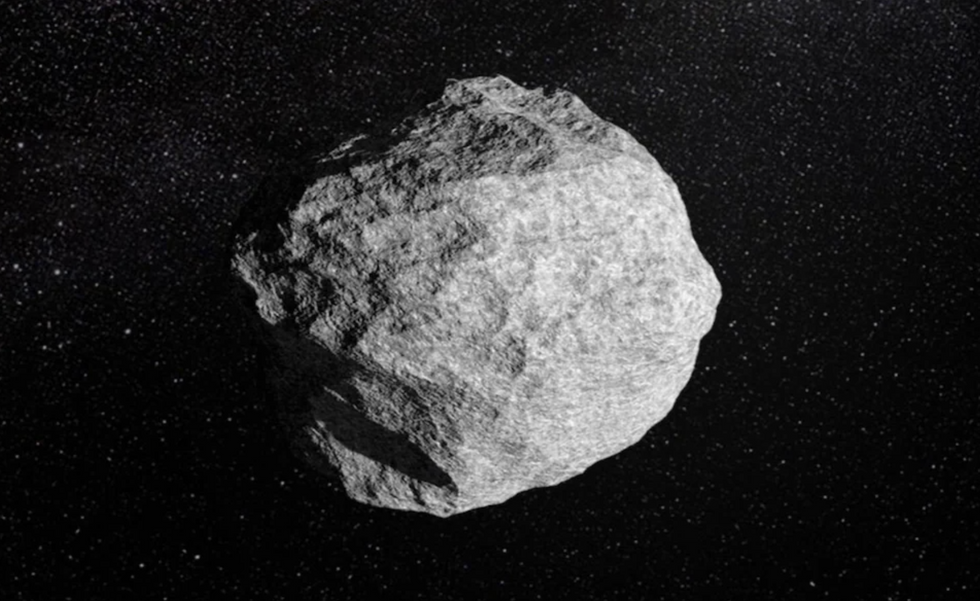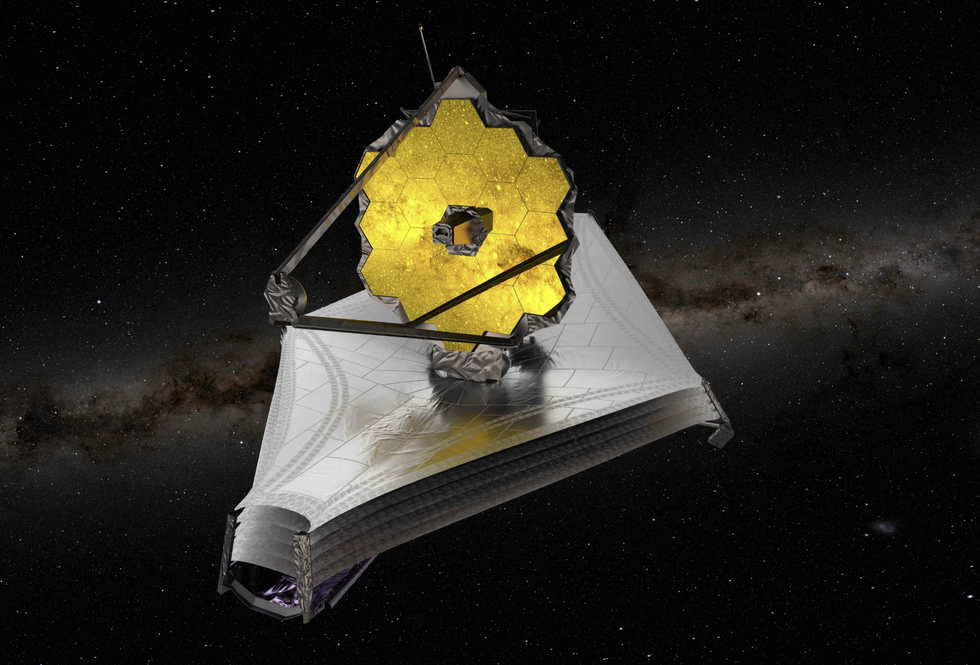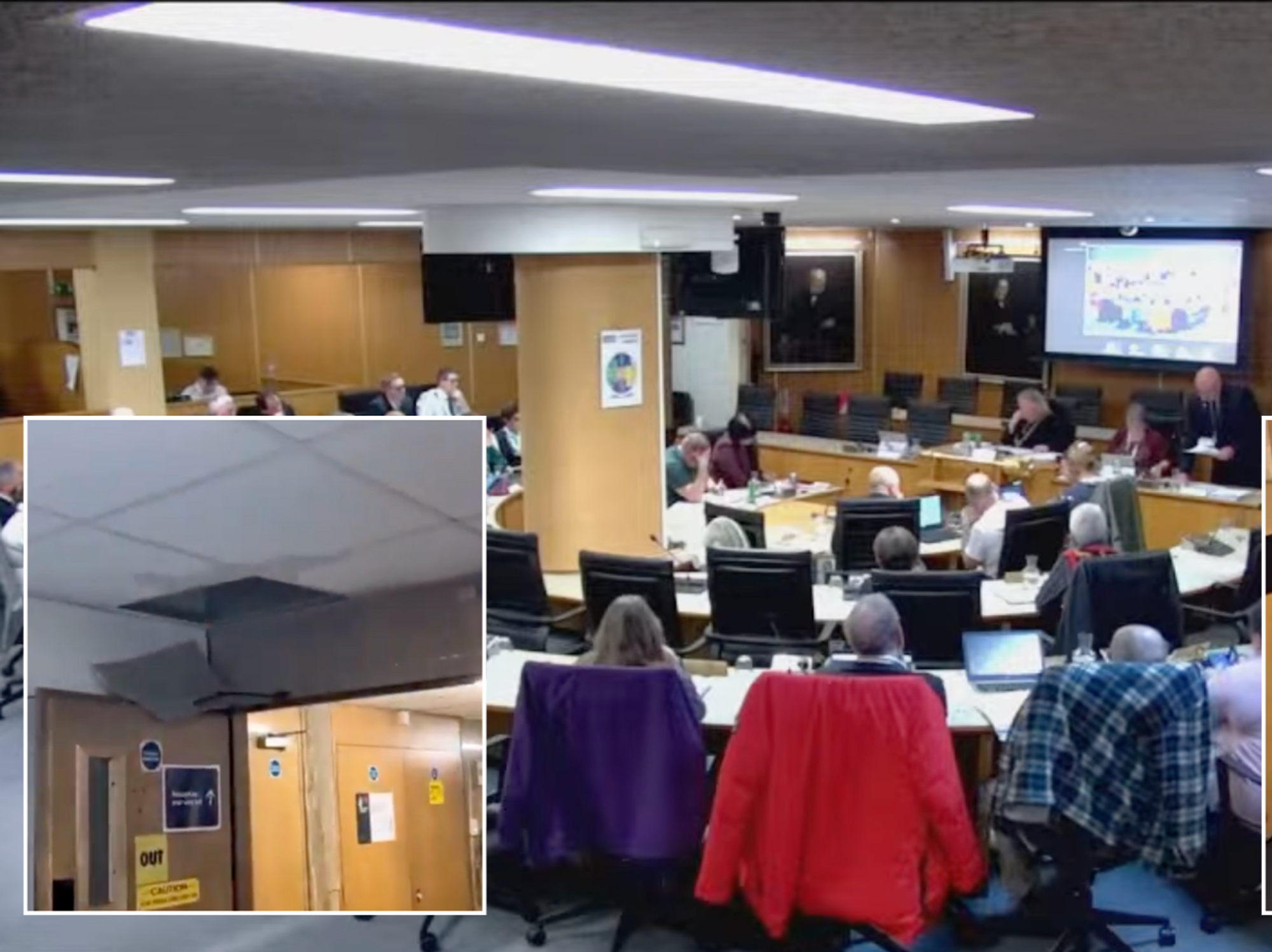Risk of massive asteroid the size of a football pitch hitting Earth doubles in a week as Nasa warns explosion would be 150 times greater than A-bomb
It could cause devastation across cities throughout the world if it strikes Earth
Don't Miss
Most Read
Latest
The risk of a football pitch-sized asteroid striking Earth has doubled to 2.3 per cent in just one week - placing it at the top of both Nasa and the European Space Agency's risk registers.
The 90-metre-wide space rock - called 2024 YR4 - was first spotted by a telescope in Chile two days after it passed Earth on Christmas Day 2024.
Scientists now calculate it could impact our planet on December 22 2032 with odds similar to drawing an ace of spades from a shuffled deck of cards.
Nasa estimates the asteroid weighs nearly a quarter of a million tonnes and could unleash devastating power if it strikes Earth.

NASA estimates the asteroid weighs nearly a quarter of a million tonnes and could unleash devastating power if it strikes Earth
|ESA
The impact would generate an explosion equivalent to more than 2.2 million tonnes of TNT - almost 150 times more powerful than the atomic bomb dropped on Hiroshima.
Lecturer in statistics at the University of Glasgow Dr David Hodge noted the asteroid's 2.3 per cent impact probability is "about one million times more likely than winning the lottery with a single ticket".
While the UK would not be directly affected, several major population centres lie in potential impact zones, including some western African cities such as Lagos and Accra, as well as the Indian metropolis of Mumbai and regions of Venezuela and Colombia.
Experts warn the asteroid could flatten a city and cause "local devastation" if it strikes.
A historical comparison comes from 1908, when a similar-sized rock crashed into the Siberian wilderness, devastating a thousand square miles of forest.
LATEST DEVELOPMENTS:
- Incredibly rare full planetary alignment to dazzle night sky for last time until 2040
- Carvings in ancient Norwegian grave reveal what language may have been like before Vikings
- Jack the Ripper's identity 'confirmed' claims researcher who found 100% DNA match with suspect
Astronomers will continue studying the asteroid until early May 2025, when it will vanish from view, to better understand its trajectory and threat level.
The James Webb Space Telescope - the most powerful ever crafted - is being prepared to analyse the asteroid's size, composition and speed.
After May, the space rock will not be visible again from Earth until 2028, just four years before the projected collision date.
Officials say the most likely outcome is that further analysis will reduce the probability of impact to zero although recent observations have seen the risk increase.
The asteroid has been rated as level three on the Torino Impact Hazard Scale - the highest level for any space rock currently being monitored.
If the risk remains after May, officials will consider commissioning a rescue mission to deflect the asteroid by crashing a spacecraft into it.

The James Webb Space Telescope - the most powerful ever crafted - is being prepared to analyse the asteroid's size, composition and speed
|ESA
Another option under consideration is launching a custom-built telescope dedicated to studying 2024 YR4 in greater detail.
On Thursday, the ESA-led Space Mission Planning Advisory Group met in Vienna to discuss the Christmas asteroid's threat and will advise the UN on next steps.
Angus Stewart, joint head of the UK National Space Operations Centre, said: "We monitor an average of 200-300 asteroids that safely pass Earth every month and the risk from 2024 YR4 in 2032 remains low."
"The UK will work with international partners to continue to assess 2024 YR4 right up until it disappears from sight sometime in April or May," he added.
Stewart emphasised that if any risk remains, "the UK will work with the international community to consider what options might be available to reduce that risk to an acceptable level".











